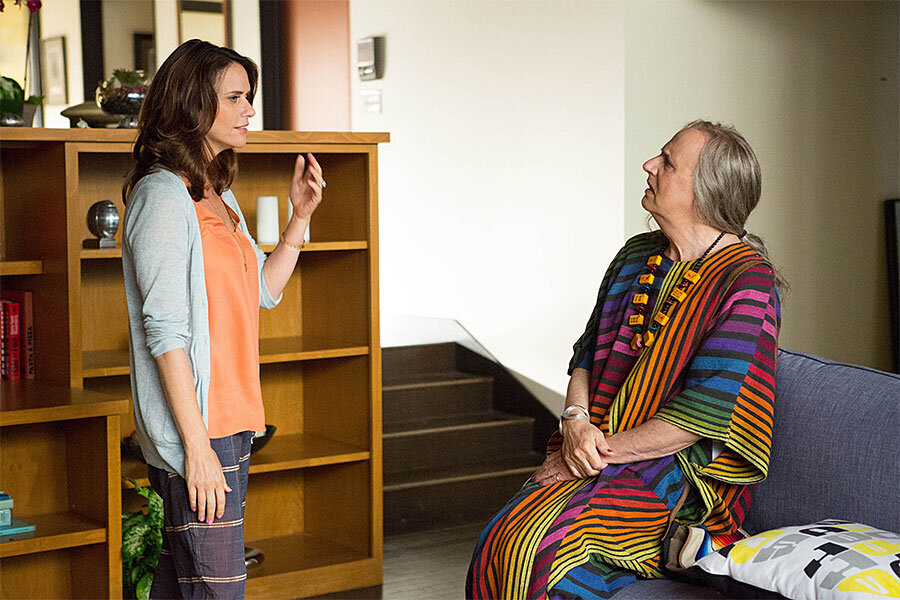Have women earned more Emmy nominations over the last decade?
Loading...
Though more women like Amy Schumer, Mindy Kaling, and Jenji Kohan are responsible for creating today’s most popular television programs, less than a quarter of women receive Emmy recognition for the work to determine the theme, tone and style of television shows.
According to an analysis by the Women’s Media Center of a decade’s worth of Emmy Awards data, only 22 percent of nominations for writing, directing, producing, and editing have gone to women in the past decade. This year, 25 percent of nominations recognized women.
Out of the nine people nominated for outstanding writing for a comedy series this year, for instance, only Jill Soloway, the writer, director and producer of Amazon’s original series “Transparent,” snagged a nomination.
"Clearly there is a connection between the broadcast, network, cable, and Netflix programs that hire exclusively male creators and the industry-wide gender divide," said Julie Burton, president of the nonprofit organization, in an online announcement.
The news of perpetual disparity comes in time for Sunday’s 67th Emmy Awards. The Women’s Media Center is a Washington, D.C.-based nonprofit founded in 2005 to promote women in media. Its founders are actress Jane Fonda, poet Robin Morgan, and journalist Gloria Steinem.
As Burton points out, the low numbers of Emmy nominations reflect the numbers of women hired to work in non-acting jobs. Prime-time television shows in the past year hired women as 26 percent of executive producers, 38 percent of producers, 26 percent of writers, 14 percent of directors, and 21 percent of editors, reports the Women’s Media Center.
“These are key behind-the-scenes roles, and the men and women in these roles have the power to decide and mold what the story is, who is in the story, and how the story is told,” explained Burton in the report announcement.
Research has found that more women in leadership positions begets more jobs for women in television. The Center for the Study of Women in Television & Film in San Diego recently reported that women make up 50 percent of writers on network shows created by women, and 15 percent of writers on shows created by men. This was true of all jobs on television programs.
There are positive signs for women in television, though. In at least one category – exceptional merit in documentary film – women nominees have consistently outnumbered men 54 to 46 percent.
Comedian Amy Schumer, the creator and writer of "Inside Amy Schumer," was nominated four times this year, including for best directing in a variety series, though the directing nomination marks only the second time in 10 years that a woman has been included in that category, reports Reuters.
Female writers of "Mad Men" represent 10 out of 15 nominations for the show in best drama series writing since 2006.







